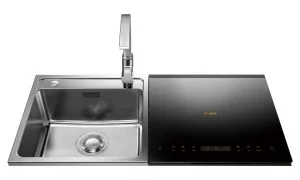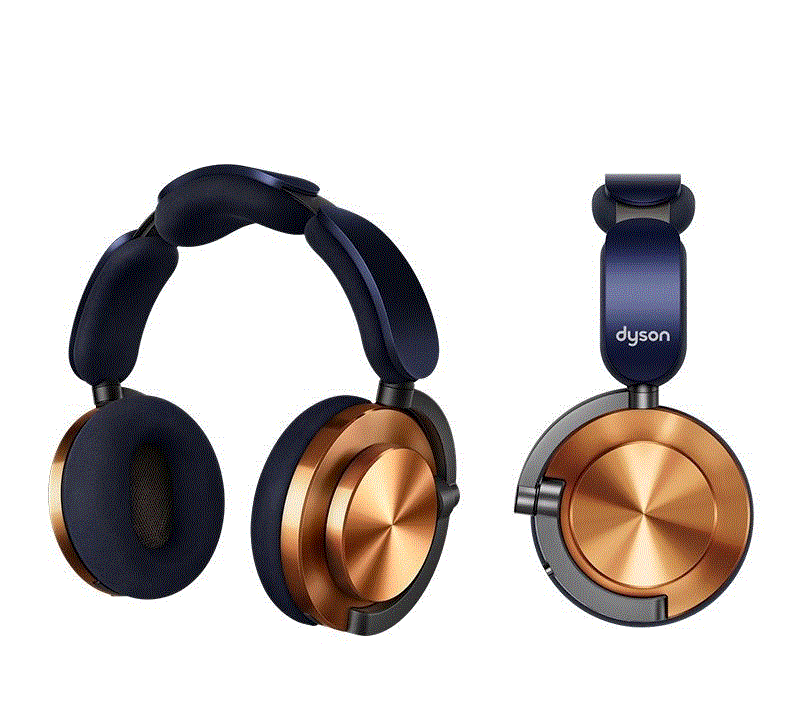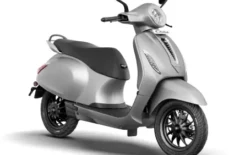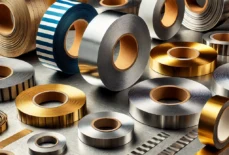A check valve, also known as a non-return valve or one-way valve, is a mechanical device used in fluid control systems to allow the flow of fluid in one direction while preventing backflow in the opposite direction. Its fundamental purpose is to ensure the unidirectional flow of liquids or gases, offering crucial advantages in a wide range of applications.
The design of a check valve typically comprises a movable element, such as a disk or a ball, which opens and closes based on the direction of fluid flow. When the fluid flows in the intended direction, the pressure lifts the movable element, creating an open pathway for the fluid to pass through. However, when the flow direction reverses or there is backpressure, the movable element closes under its weight or due to a spring mechanism, effectively blocking the reverse flow.
Check valves serve essential roles in many fluid systems. One primary function is to prevent the risk of contamination. In applications where a fluid must flow in a single direction, a check valve ensures that there is no backflow of potentially contaminated fluids, safeguarding the integrity of the system.
They also help maintain system efficiency and prevent damage. In situations where pumps or compressors operate intermittently, check valves prevent the backflow of fluid, which could lead to water hammer or reduce the overall efficiency of the system.
In plumbing and wastewater systems, check valves keep sewage or dirty water from flowing back into clean water supplies, protecting public health and preventing cross-contamination.
Furthermore, check valves find application in various industries, including oil and gas, chemical processing, power generation, and water treatment, where they play a crucial role in ensuring the safety, efficiency, and reliability of fluid control systems.
In conclusion, a check valve is a vital component in fluid control systems that allows unidirectional flow while preventing backflow. Its functionality helps prevent contamination, maintain system efficiency, and protect equipment and infrastructure from potential damage. Understanding the specific requirements of the application and selecting the appropriate type of check valve is essential to ensuring optimal performance and safety in fluid control systems.








































